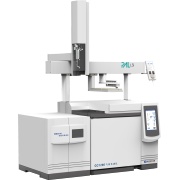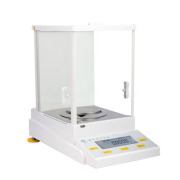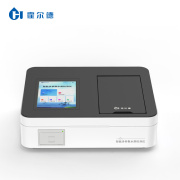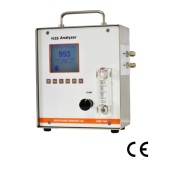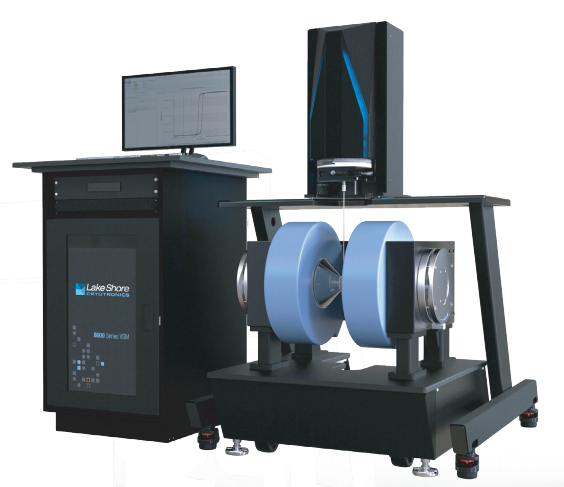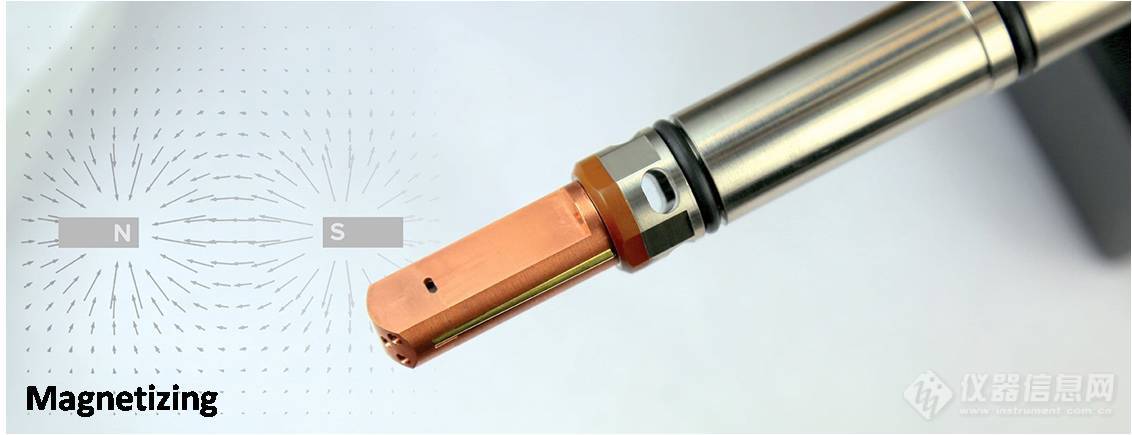
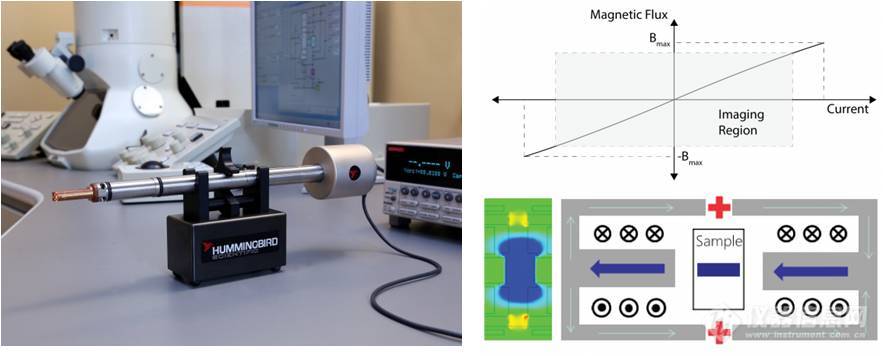
Overview
Using the Hummingbird Scientific Magnetization Holder, scientists can explore how magnetic materials and devices respond dynamically to applied in-plane magnetic fields. This is relevant for understanding the physics of functional magnetic and multiferroic materials such as magnetic alloys, complex oxides, giant/colossal magnetoresistance materials and nanoscale magnetic structures. This unique in-situ TEM holder is also available in a high performance version for the JEOL LTEM.
Application Examples
?Direct visualization of magnetic domain switching ?Observe how microstructure interacts with domain-wall motion ?Correlate bulk measurements with nanoscale processes
How It Works
Using in-plane magnetic fields Hummingbird Scientific’s Magnetizing holder can apply up to +/- 900 Gauss to the sample area. The system uses a built-in magnetic compensation circuit to limit the magnetic effect on the electron beam, increasing image quality and the maximum usable magnetic field (+/- 300 Oe) while still being able to image. The field at the sample is quantified and calibrated by means of a specially designed miniature field sensor in our lab.
Left: (Top) Graph illustrating the maximum applied magnetic field and the maximum field at which one can image in the TEM. (Bottom) Schematic showing the magnetic field lines for negative applied field to the sample. The magnetic compensation circuit guides the field around and applies an opposite field above and below the sample position. Colored image to the left show FEA results of the magnetic fields at the sample.
Magnetic Thin Film Materials
The in-situ application of magnetic fields to magnetic materials in combination with magnetic TEM imaging techniques (e.g. Lorenz TEM) enables studies of nano-scale magnetic behavior and direct correlation between material microstructure and the magnetic domain structure.
Right: Fe-Pd alloy film showing change in magnetic domain structure as a function of in-plane magnetic field applied using magnetizing holder. Magnetic domain walls appear as white and black line pairs. Marc De Graef, Carnegie Mellon University; images courtesy of Amanda Petford-Long, Argonne National Laboratory. (ANL, a U.S. Dept. of Energy, Office of Science Laboratory, is operated under Contract No. DE-AC02-06CH11357).
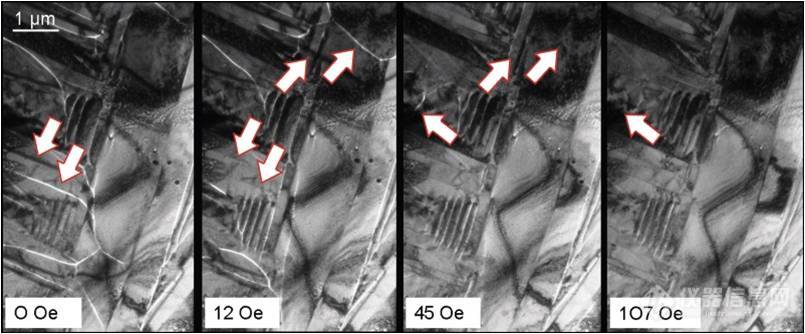
Specification:
Items | 1700 Series |
Tilt Range | Up to ±45° depending on objective pole |
Sample Size | 1x2mm |
In-plane applied magnetic flux density | Up to 900 Gauss, depending on microscope and pole piece |
Electron imaging | From -300 Oe to +300 Oe applied field |
Beam Deflection | Integrated passive magnetic compensation |
TEM Compatibility | FEI, JEOL, Hitachi |
相关产品



 仪器对比
仪器对比




 关注
关注
